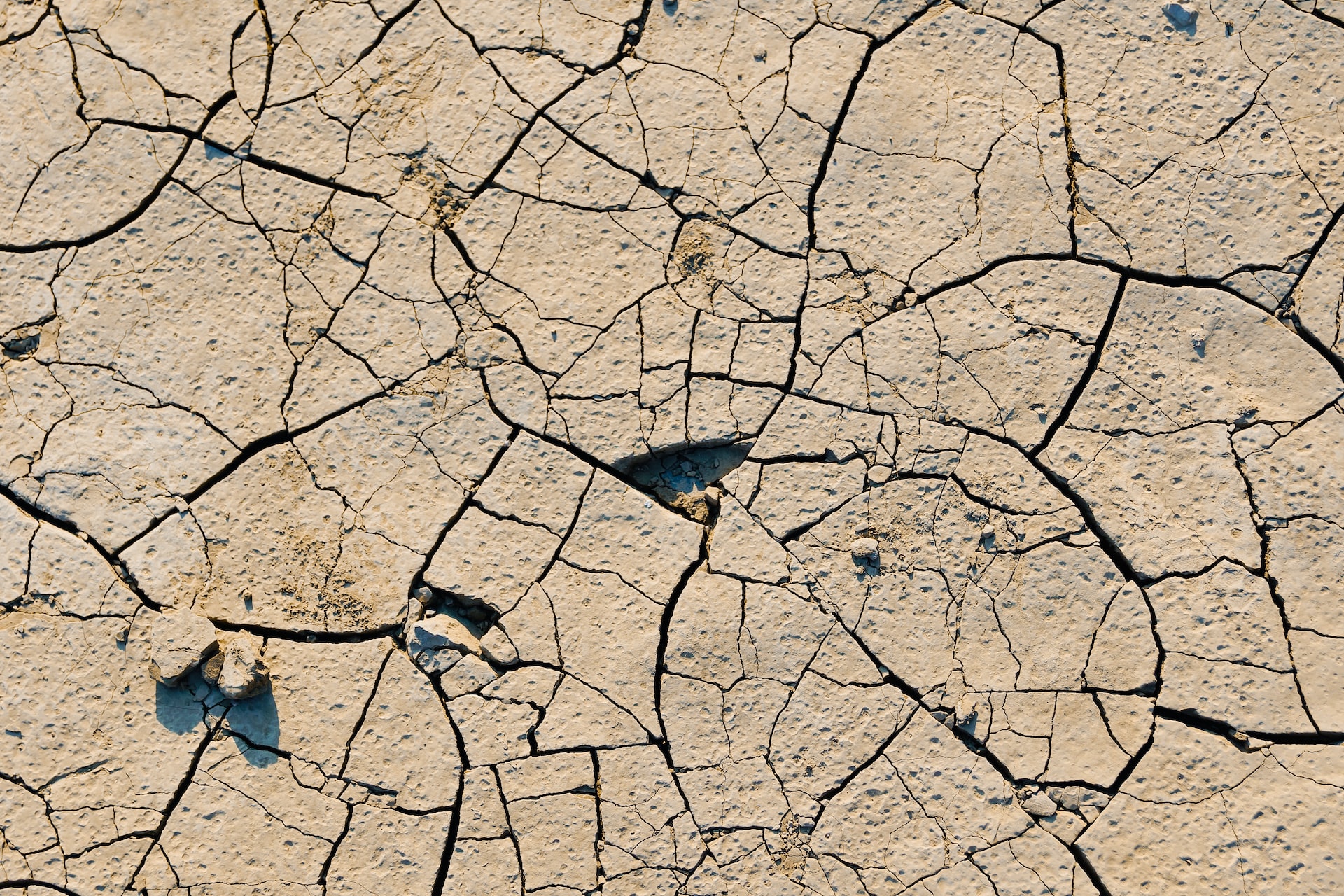A Sustainable Future Depends on Our Decisions Today
The call for a more sustainable future has become undeniable. Consumers are no longer just demanding greater variety in their goods and services—today, they also want their dollars to speak to their values. As such, there is increasing demand for sustainable products and services with limited to no impact on the environment.
However, factors such as the surging global population will complicate matters by placing more strain on the planet to meet their needs as well as pressure on governments to address a diverse range of needs.
By 2030, the UN estimates that 40% of the world’s population will need access to adequate housing—an approximate 96,000 affordable and accessible housing units every day—and that number is sure to climb as the world hurtles towards 10 billion people by 2050.
Food security will become a growing problem as the forces of increasing demand, climate crisis and unsustainable farming practices converge. Agriculture accounts for 70% of global freshwater withdrawals, and nowhere is this more acute than in Asia, where an average of 2,500 liters of water is needed to produce 1 kg of rice, a water-intensive crop. Asia is considered highly food insecure due to its status as a major producer and consumer of rice, as well as its vulnerability to climate change and biodiversity loss.
Furthermore, with the threat of potential supply chain disruptions in the future, the landscape of Asian sustainability faces immense challenges. To remain resilient, the region requires a total reimagination of how we live, work and build, and a different set of choices.
A Multi-Stakeholder Approach to Tackling Sustainability
When it boils down to it, the everyday choices made by consumers and businesses directly and significantly impact the environment. At the most basic level, increasing demand for goods and services requires equal demand for production, transportation and therefore, energy. As most energy production today is based on fossil fuels, there is no escaping the impact of human activity on pollution levels and carbon emissions.
If Asia is to chart a path towards a more sustainable future, consumer behavior must drastically alter. Individuals will need to make small changes in their daily lives, whether it’s by choosing to use public transport rather than private vehicles or buying environmentally-friendly products over harmful ones. By making these sustainable choices, people can help reduce carbon emissions and contribute to a more sustainable future.
Businesses also have a key role to play in shifting their business models to favor the adoption and promotion of sustainability in its processes, supply chains and governance, especially as their decisions can have a direct impact on the choices available to its customers. With the growing corporate focus on sustainability, companies have myriad strategies at their disposal. For example, companies can implement policies that requires their third-party partners to enforce more stringent sustainability checks and practices in order to drive sustainability throughout its value chain. This might look like companies requiring suppliers to source cleaner raw materials or protect their workers’ rights. Moreover, companies will also need to make internal changes in their operations and processes to inculcate a corporate culture of finding sustainable ways of doing business.
To drive these efforts home, governments play a crucial role by setting a tone from the top. Governments provide the laws that will be key to regulating companies’ activities to prevent harm on the environment, but they can also create the essential structures needed to incentivize the adoption of sustainability practices, green financing and cross-sector efforts. For example, by banning the use of single-use plastics, governments can greatly address plastic pollution which can have long-term effects on soil and water conditions. In Thailand, we can see examples of how effective laws can curb single-use plastics as well as other types of plastic materials such as styrofoams, plastic cups and straws, and oxy-degradable plastics. By 2027, the country plans to use 100% recycled plastic and even aims to turn waste into energy.
Building a Movement of Collective Action
The challenge of building a more sustainable future will require a multi-stakeholder approach, as well as a new paradigm of collective consciousness and creativity. Many of the solutions to current and future problems do not exist yet – to make them a reality, we will need long-term investments in new and emerging technologies and a commitment to long-term thinking.
What does this collective action look like? It may involve nation-wide initiatives—such as recycling programs or energy conservation campaigns—but may also encompass regional partnerships or even global movements. Regardless of its form, collective action must start with tangible goals to tackle issues of greenhouse gas emissions, renewable energy and low-carbon development projects.
By implementing sustainable practices and promoting environmental stewardship, collective action can generate the impact needed for long-term sustainability that will benefit both people and the planet.
Photo Caption: A sustainable future hinges on collective action today.




